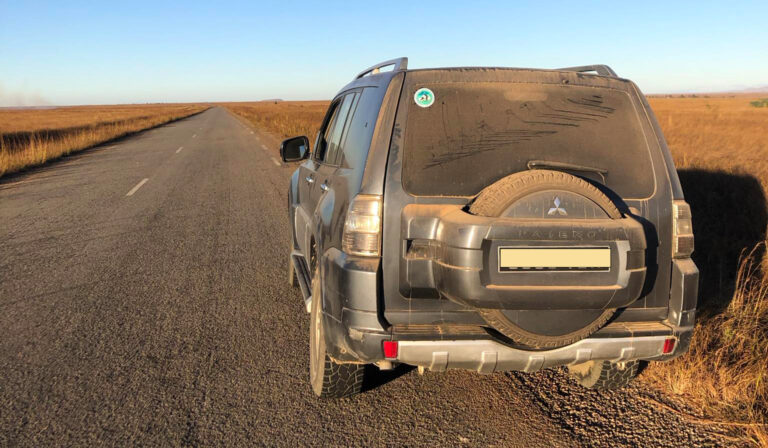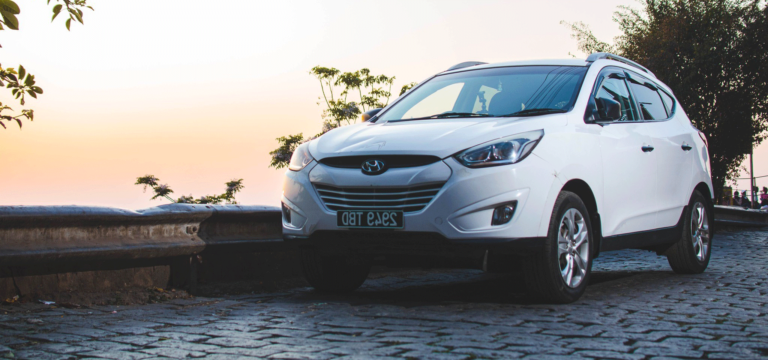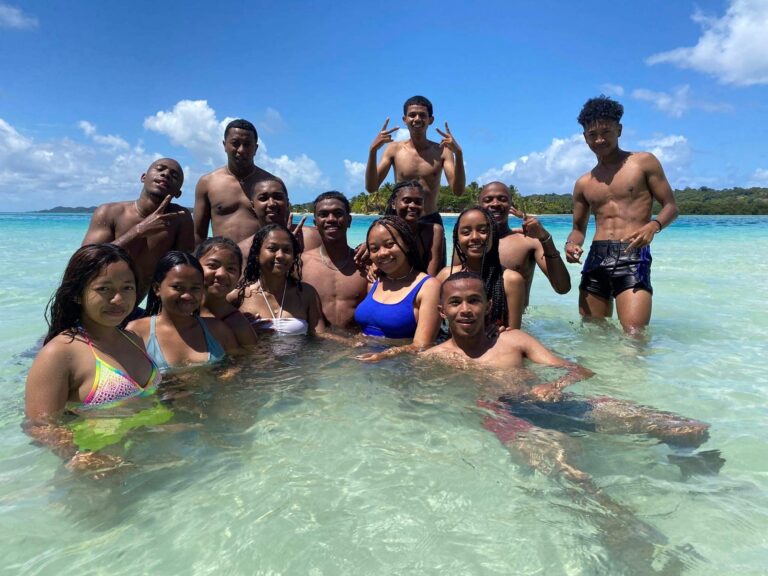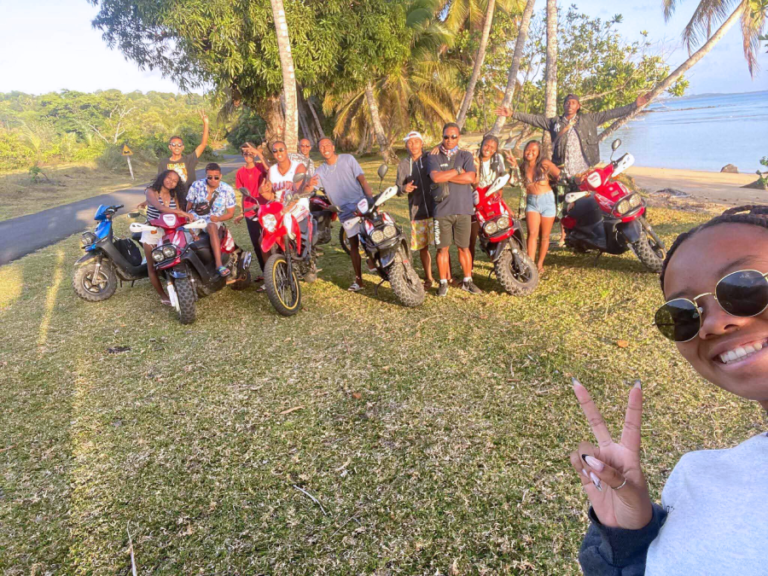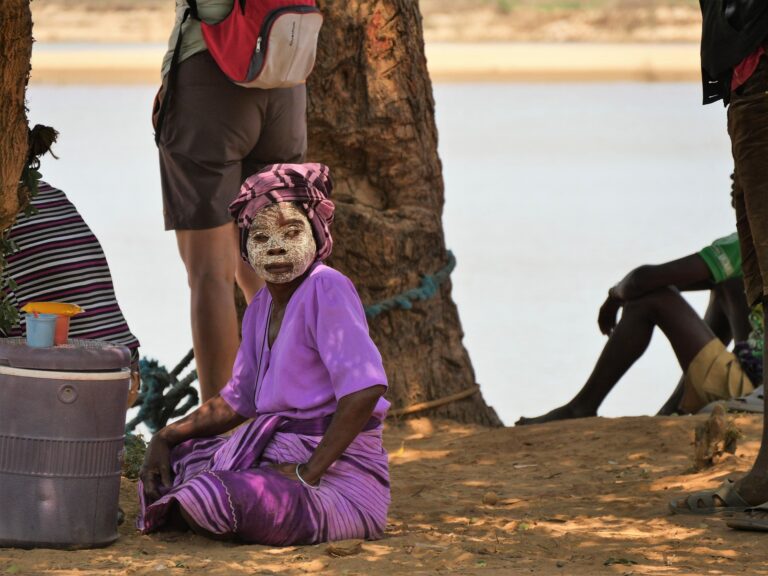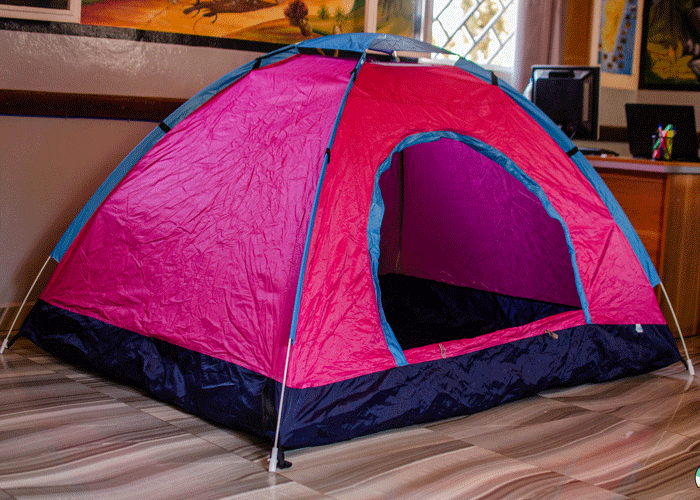What’s the Difference Between Renting a Car in Madagascar and Elsewhere?
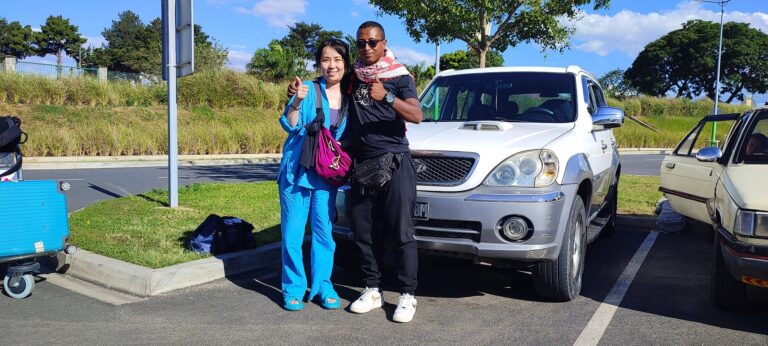
Renting a vehicle in Madagascar has both similarities and differences compared to other destinations. As in many countries, rental flexibility, vehicle selection, and the option to choose a service with or without a driver are common aspects. Likewise, insurance is generally offered to cover potential incidents.

